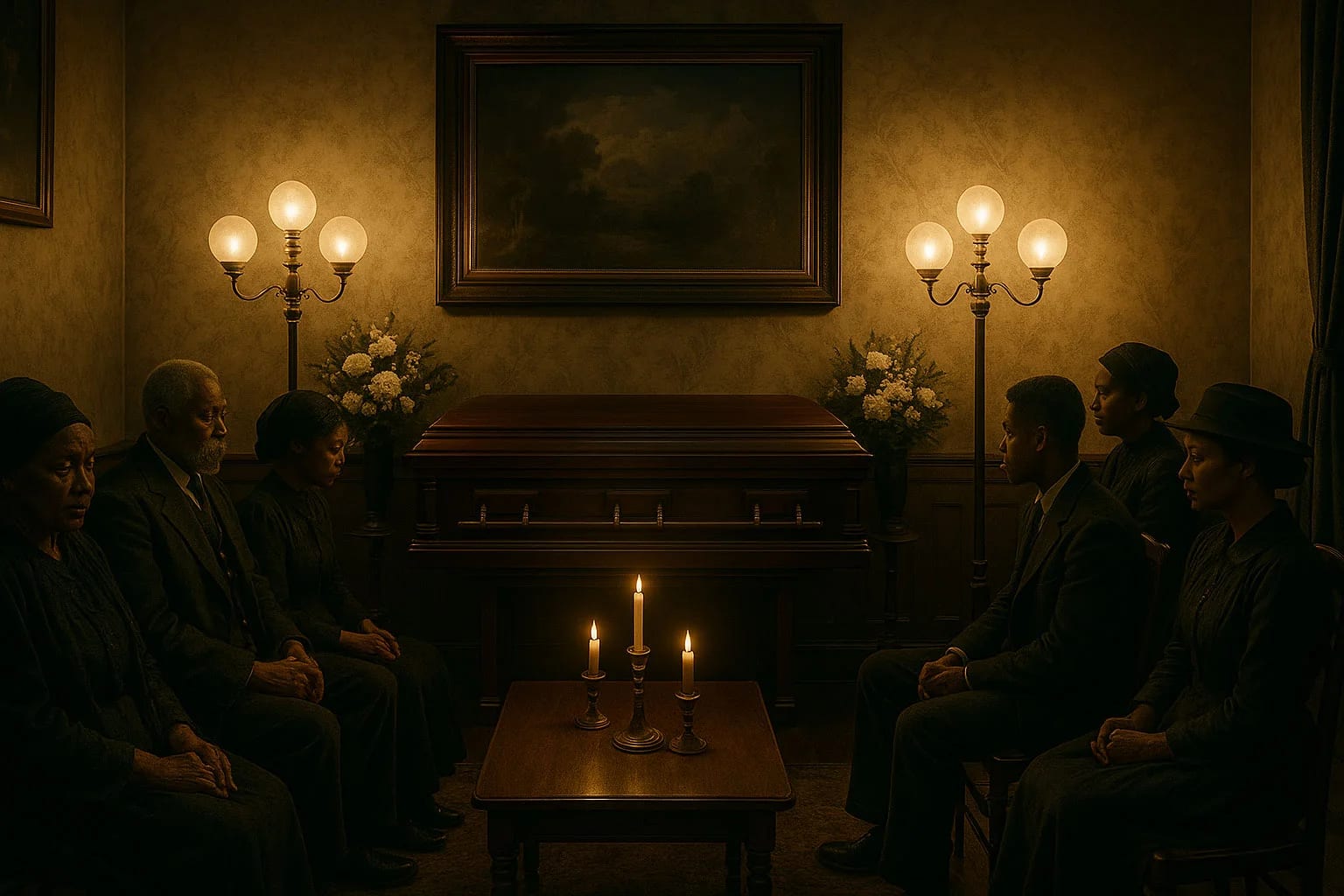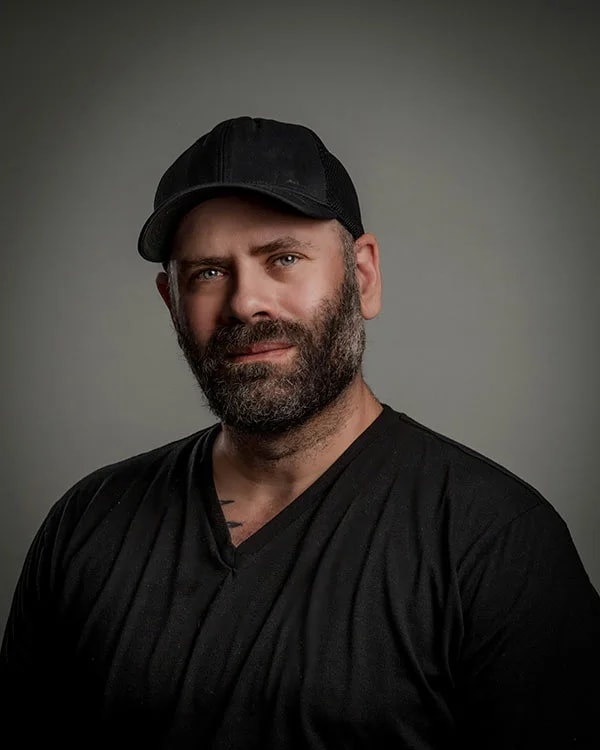Is The Mortuary Haunted?
This magnificent Gothic Revival building has witnessed more grief than perhaps any other structure in New Orleans. Built specifically for death's rituals, The Mortuary's chapel, embalming rooms, and viewing parlors absorbed over a century of sorrow, creating an atmosphere so heavy with loss that sensitive visitors often break down in tears for no apparent reason. The spirits here aren't just passing through - they're trapped in eternal cycles of mourning and preparation for journeys to the other side that never quite begin.
The Ghosts
The Victorian Mortician
The ghost of PJ McMahon himself, the mortuary's founder, still oversees operations. Dressed in formal Victorian attire with a black top hat, he appears in the embalming room, checking on bodies that aren't there. Staff have witnessed him arranging invisible flowers, adjusting phantom coffins, and conducting silent conversations with unseen clients. His presence is strongest during thunderstorms, when he can be heard pacing the floors, concerned about services being disrupted.
The Eternal Mourners
The chapel is filled with ghostly mourners from different eras, all attending funeral services that ended decades ago. These spirits appear in period-appropriate mourning attire - Victorian widows in black veils, 1920s families in their Sunday best, and modern figures in contemporary funeral wear. They sit in pews, kneel in prayer, and weep for their departed loved ones. Some visitors report being unable to distinguish between living and dead attendees until the ghosts suddenly vanish.
The Child Spirits
The most heartbreaking hauntings involve children who died during yellow fever epidemics. Their small ghosts play in the chapel, unaware they're deceased, waiting for parents who never returned to claim them. Visitors report hearing children's laughter, seeing small handprints appear on glass, and finding old-fashioned toys that materialize and disappear. These young spirits seem drawn to living children, often trying to play with them.
Paranormal Activity
The Phantom Organ
The mortuary's pipe organ plays funeral dirges on its own, despite being disconnected from power for decades. The music starts softly, often beginning with 'Amazing Grace' or 'Nearer My God to Thee,' building to thunderous crescendos that shake the building. Investigators have recorded this music, noting it includes harmonies impossible for a single organ to produce, as if an invisible orchestra accompanies it.
Embalming Room Horrors
The basement embalming room is the site of the most disturbing activity. Tables move on their own, drains gurgle with phantom fluids, and the sound of bodies being prepared echoes through empty rooms. The smell of embalming fluid appears without source, and witnesses report seeing bodies on tables that vanish when approached. Some visitors have photographed mysterious figures lying on the tables, only to find the images show decomposing corpses from another era.
The Grief Vortex
The mortuary seems to act as a repository for grief, with emotions from thousands of funeral services embedded in its walls. Visitors report being overwhelmed by sudden, inexplicable sorrow, breaking into tears without knowing why. Others experience the grief of specific individuals - feeling a mother's loss of a child, a widow's despair, or the confusion of sudden death. These emotional imprints are so strong that paranormal investigators consider the building a 'grief vortex.'
The History of The Mortuary
PJ McMahon's Empire of Death
PJ McMahon founded the mortuary in 1872, creating one of the South's most elaborate funeral establishments. The building was designed to handle every aspect of death - from embalming to viewing to services. McMahon pioneered new embalming techniques and created elaborate funeral spectacles that became legendary in New Orleans. His obsession with perfecting death's rituals may explain why his spirit remains.
Yellow Fever and Mass Death
During yellow fever epidemics, the mortuary operated 24 hours a day, processing hundreds of bodies weekly. Families often lost multiple members within days, leading to mass funeral services. The basement became a temporary morgue when deaths exceeded capacity. The sheer volume of death and grief during these periods left an indelible mark on the building's spiritual atmosphere.
Secrets in the Walls
Renovations have revealed hidden rooms and mysterious artifacts - unclaimed personal effects, photographs of the dead, and even preserved funeral flowers from the 1800s. Workers reported tools flying across rooms, hearing their names called by unseen voices, and seeing full-bodied apparitions warning them away from certain areas. Some sections of the building had to be sealed off due to the intensity of paranormal activity.
From Funeral Home to Haunted Attraction
After closing as a funeral home, the building served various purposes before becoming a haunted attraction. The current owners report that the building's ghosts have embraced their new role, intensifying their activities during tours. However, some areas remain genuinely dangerous due to poltergeist activity, and several rooms are permanently closed after investigators experienced physical attacks and psychological disturbances that required medical attention.

The Gothic Revival facade of the Haunted Mortuary
